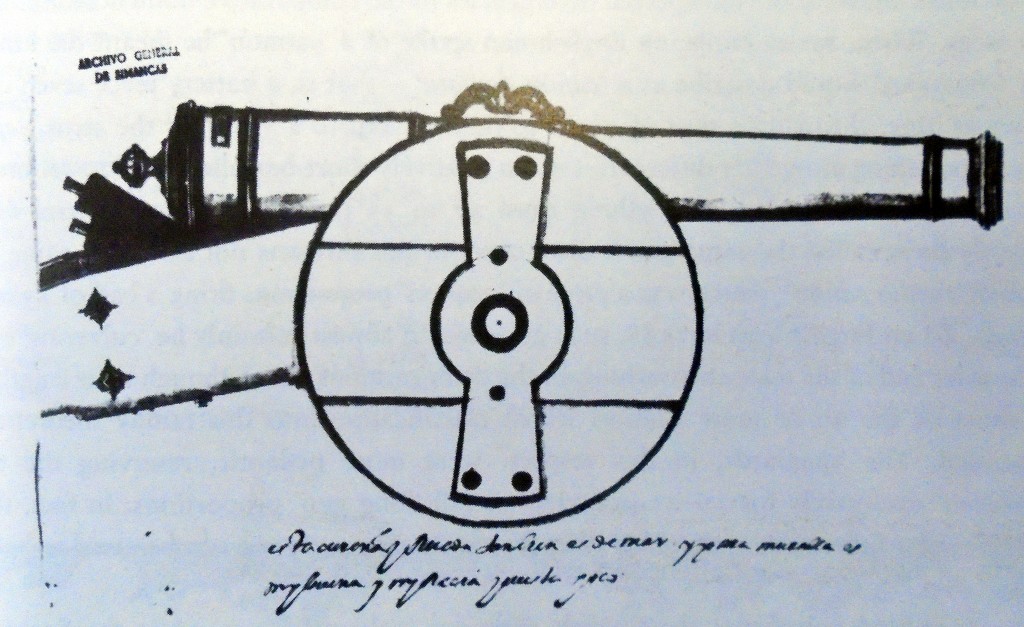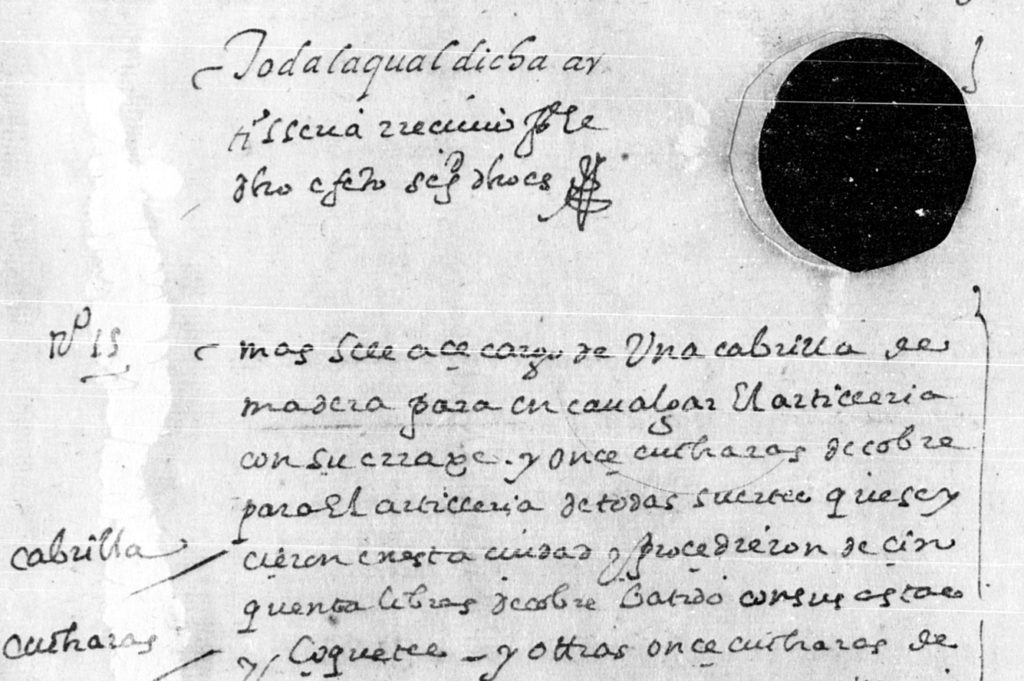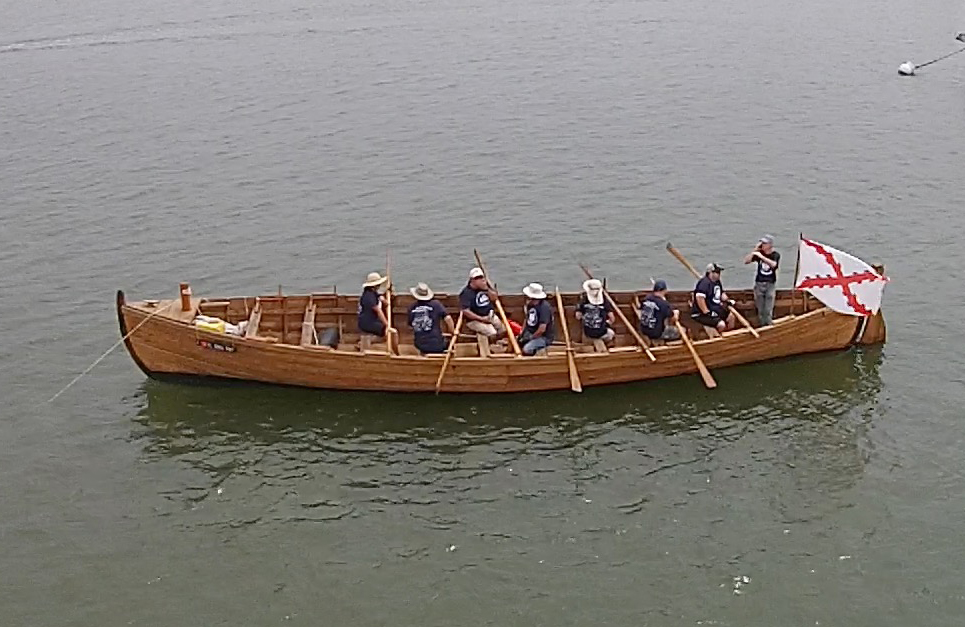Last year, Dr. Sam Turner, Director of Heritage Boatworks and an Historian and Maritime Archaeologist at the St. Augustine Lighthouse & Maritime Museum, was invited to become a Research Associate of the Historic St. Augustine Research Institute (HSARI). The Institute is a collaborative project of Flagler College and the University of Florida, supported by the St. Augustine Foundation, Inc. The Institute funds research projects that focus primarily on scholarly research into St. Augustine’s historic heritage, and are committed to making the results of that research available both to historic preservation efforts in the City, and to the interested public.
Turner applied for 2016 grant funds from the Institute for a research project titled “St. Augustine’s Bronze and Cast Iron Artillery and Equipment 1597-1601” for which he was awarded $10,000.00. This research is based primarily on a collection of Spanish documents Turner found in the Archives of the Indies in Seville, Spain, during a State grant funded trip in 2008.
These documents contain a great deal of information on the material culture of St. Augustine between 1597 and 1601, the time covered by the documents. This included information that was used in the recreation of a late 16th century water craft known as a chalupa named the San Agustín, built here in a partnership between the St. Augustine Lighthouse & Maritime Museum, the St. Augustine Maritime Heritage Foundation, and the Fountain of Youth Archaeological Park for the 450th commemoration.
The documents under study also list, among many other things, the defensive artillery of St. Augustine which includes a description of the different types of cannon present at the time. These include half cannons, sacres, half-sacres, culverins, half-culverins and many others. The descriptions almost always give the weight of the guns. These gun types were the first developed in cast artillery. As distinct types, they remained in common usage well into the 17th century. The descriptions of individual guns often describe the crests and mottos cast or engraved upon them which will help track down physical extant parallels in museum collections as well as those found on archaeological shipwreck sites. All artillery shipped to St. Augustine during this time period came via Havana, Cuba, so Turner will travel to that city later this year to record cannon on public display in hopes of finding guns that may have been cast at the same time as those described in the documents under study. All this will allow Turner to put together a visual representation of St. Augustine’s defensive artillery battery from the late 16th century. The documents also include materials that were used with the guns such as carriages and munitions and other accouterments.

A contemporary late 16th century illustration showing a cast bronze cannon on a field carriage which are documented in the list of ancillary artillery equipment in Spanish documents.
All information from these documents relevant to both the artillery and associated accouterments will be entered into a relational database that will serve as a prototype for the entire document collection, which, when entered into the database at a future time, will be much more readily accessible to researchers.
Dr. Sam Turner joined the St. Augustine Lighthouse & Maritime Museum in 2006. Dr. Turner earned his master’s in nautical archaeology at Texas A&M University and received his Ph.D. in Spanish and Spanish American studies from King’s College of the University of London.



